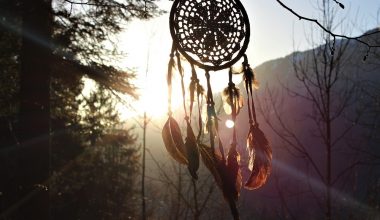Have you ever thought about how the world may seem if women swapped their roles with men? As utopian as it sounds, there are living examples in the world out there that’ll prove it to you. But before we proceed let’s take a step back into history, where women were honored and revered for their ability to bear children. You’ll find pages of Greek epics filled with female warriors and goddesses because they were worshipped and respected back then. Communities of women were more strengthening than ever, the contribution of women towards the society is where the idea of matriarchy became salient.
Over the years, societies and communities across the globe have shifted towards a more patriarchal structure, which is, in fact, more pervasive in these modern times. However, there are a few communities across the globe who have managed to diverge away from the pervasive patriarchal architecture and chose to continue their matriarchal system of life.
1. Khasi, India

It is in the state of Meghalaya, the dense forests and hilly terrain, the majority of this tribe resides. As of 2011, this matriarchal society comprises of about 1 million people. Though women lack political representation in the state, domestic as well as tribe affairs are controlled by them. While women are the only ones allowed to look after the children in the house, men aren’t even allowed to be a part of family gatherings and functions. This ensures that no matter how many times a lady remarries, her children will always be with her. This culture is where children bear the last name of their mothers, and inheritance is bestowed upon the daughters of the family.
2. Mosuo, China
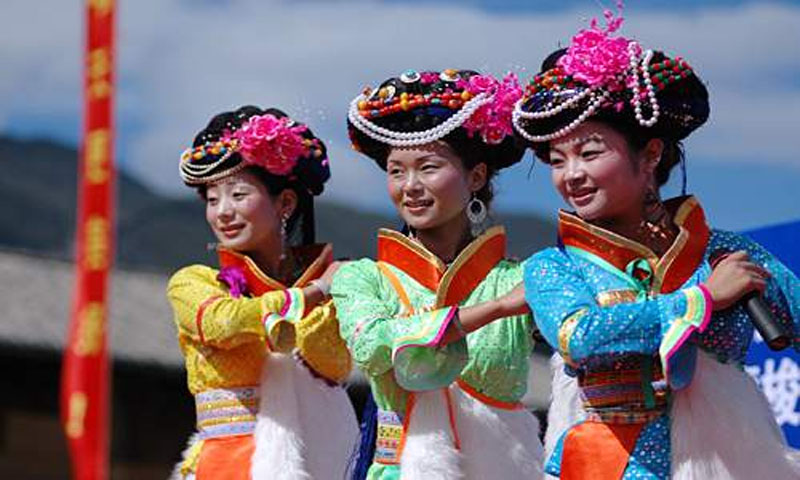
At the foot of the Tibetan Himalayas, near the Lugu Lake is where this community of about 50,000 people reside. The children in this community call out to their mothers or elder females as “Ah mi”, who not only rules the household but also make all household-related decisions. There’s a head matriarch elected for each village who governs a particular region; they also have a tradition of a walking marriage, or “zouhun”, meaning women are free to take as many sexual partners as they want – no strings attached.
3. Umoja, Kenya.
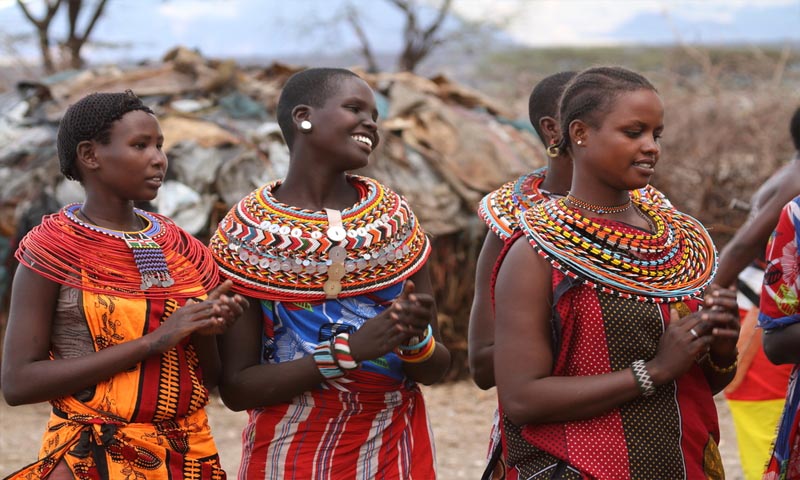
In the simplest of words, this tribe is a “No Man’s Land”, because, well, believe it or not, men are banned here. This village houses women who’ve been preyed upon as gender-based and/or sexual assault, early forced marriages, who’re looking for refuge after encountering the ills of patriarchal societies. The word “Umoja” means “unity” or “oneness” in Swahili, and this village was found in 1990. Their primary occupation lies in tourism, where they show tourists in and around their village and educate them about the rights of women in this village, and sell jewellery made by them to the tourists.
4. Minangkabau, Indonesia.
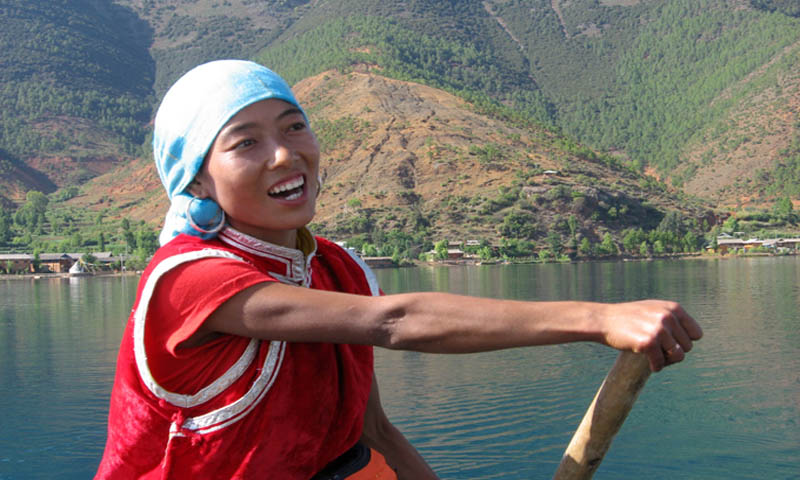
A matriarchal society of about four million people as of 2017, Minangkabau is the largest surviving matriarchal society till date. The secret behind their survival lies in a very elegant belief that the mother is the most important in the household and society. While marrying another human is feasible in the culture, their partners must have separate sleeping quarters. Although men are involved in political matters, land ownership and the family name are passed onto daughters from their mothers. The king of Minangkabau ages ago died, and left behind three wives and three sons, and that’s when the first wife took charge and set the precedence of the matriarchal system that is still being followed.
5. Bribri, Costa Rica.
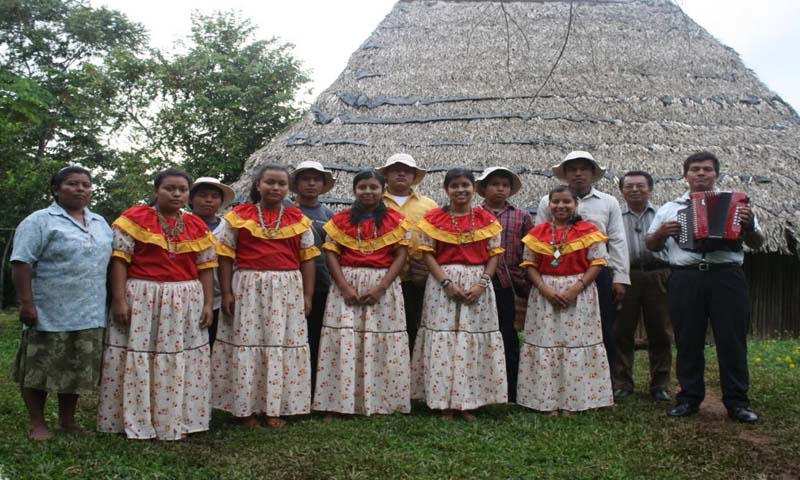
An indigenous community inhabiting the regions of Panama and Costa Rica, the Bribri is a matriarchal community with a population of 12,000 to 35,000 people. The origin of the matrilineal preference among this community goes back to a legend that states that a lady was turned into a cacao tree by the Bribri god, Sibu; which is also the reason why only women here can make the cacao drink. The men of this community have special roles such as the “awa”, who sing songs at funerals and are the only ones allowed to touch the dead.
The modern world we’re a part of today sure follows patriarchy, but the existence of these communities is an achievement in itself. It’s beautiful how a belief that our mothers are the most important part of our community has held onto these communities for decades, and honestly, I can’t deny the truth behind this thought either. Without our mothers, we wouldn’t be alive and breathing at the moment. Hopefully, someday we’d break through the existence of both patriarchy and matriarchy, and step foot into a community of equality and respect for each other.



